|
The stinging nettle is a plant with which almost everyone is familiar if they have experienced its formidable sting. To many gardeners it is a troublesome, stinging weed that should be eradicated wherever it is found. This is, however, a more recent opinion of one of our most valuable native plants. Indeed the humble nettle has played, and continues to play, an important role in the natural world.. Urtica dioica, better known as the stinging nettle is a robust, native perennial wildflower and is a highly successful plant found all over the temperate areas of the world. It spreads by means of seeds and underground rhizomes that creep around just under the surface of the soil creating large mats, as anyone knows who has tried to pull them up. Nettles can be found in a variety of habitats and soil types. It prefers nitrogen rich soils and can often indicate where old settlements have long since disappeared from the countryside, having benefited from the waste produced by the household, especially the latrines or middens. .Very tiny green, wind pollinated, flowers appear from June to September. The latin name of the plant 'dioica' means 'two houses' - referring to the fact that the male and female flowers are normally carried on separate plants. The male flowers found projecting from the leaf-stem axils and the female flowers growing in long catkin-like clusters within the pretty spear-shaped, toothed, leaves that are held in pairs along the square stems. The stinging nettle is one of the most important native plants and plays a crucial role for both rural and urban wildlife and support over 40 species of insect including some of the most colourful butterflies. The most notable nettle patch inhabitants are the small tortoiseshell and peacock butterfly larvae which feed in large groups hidden in silken tents at the top of the nettle stems. It is the presence of the stings on the nettle that has allowed the relationship with numerous insect species to develop. The stinging hairs are so effective that few grazers, with the exception of goats and very hungry sheep, will touch nettles when the stings are active. This makes them ideal habitat for insects with little danger of the adult or larvae ending up in the stomach of hungry herbivores! Many nettle patches hold overwintering aphids that swarm around the fresh spring growth and provide an early food source for ladybirds, blue tits (that require large numbers of aphid and caterpillars for their young) and other woodland birds agile enough to dart around the stems. In late summer the flowers turn to seeds and provide huge quantities of seed for many of our seed eating birds'. (nettles.org.uk) The 'Stinging Nettle' is the bane of the gloveless gardener or curious child and with no obvious thorns or prickles but instead, a coating of fine but brittle hollow hairs stiffened by silica, the plant looks innocent enough, but beware. When you brush up against them, no matter how lightly, you break off the fragile silica tip and some of the hairs then acts like needles, piercing the skin and causing the irritating chemical of the nettle to be released and injected into the body. Originally thought to contain formic acid - the same chemical used by ants - more recent research has shown that the main chemicals are histamine, acetylcholine and serotonin with a fourth, yet to be identified chemical. Curiously, when these same hairs, or spines come into contact with an area of the body that is already experiencing pain, they can actually decrease the original pain. Scientists think nettles do this by interfering with the way the body transmits pain signals and by reducing levels of inflammatory chemicals. Remember when stung a natural remedy will often be found close at hand, traditionally the use of leaves of the common dock, which contain chemicals that neutralise the sting and also cool the skin would be recommended but more recent research shows that plantain - Plantago lanceolata - may have a greater effect. Although being prickly and unattractive in appearance, when nettles are dried they can be a vital supplement added to hay that can increase milk production in lactating cattle, nursing mothers may also try nettle tea for a similar effect! Nettles are often found as herbal remedies and are used to treat common conditions from which many of us suffer such as aches and pains, gout and arthritis. Leaves are also rich in iron and can also be used to treat iron deficiency anaemia by regularly making them into a tasty soup. Even though nettle is usually avoided and deemed as a useless plant, it has been the subject of numerous studies that prove its worth. Nettles contains vitamins B, C and K as well as minerals like calcium, magnesium and iron and potassium, It also has amino acids and antioxidants. Nettle tea helps to detoxify the body. It is a natural diuretic, which means that it helps in flushing out harmful chemicals and excess liquids from the body, often called a “spring tonic,” used to cleanse the body of toxins. Studies have shown that the use of nettles promotes healthy blood circulation and cardiovascular health. Nettles contains iron and vitamin C, the Vitamin C improves the body’s absorption of iron which aids in alleviating anemia and fatigue. Nettles also contains a considerable amount of potassium, a mineral that reduces tension in your arteries and blood vessels, lowering your risk for strokes. They can help to alleviate allergic reactions, the ingestion of nettle tea is known to help dampen the body’s response to allergens by binding with the body’s histamine receptors. The antioxidant properties of the nettle plant have been observed to help minimize inflammation, reducing arthritis pain and helping relieve joint pain as well. It has also been used as an aid in the prevention of rhinitis - the inflammation of the mucous membrane in the nose If you have no ready access to nettles, there are numerous products that are available in the market today that makes it easy for people to use them.
Nettles, it seems, are an underappreciated plant that can be found in almost every garden but with their abundance of uses they shouldn’t be disregarded as quickly as they are. When you’re out in your garden and pulling out weeds this spring, particularly for this week – let's be nice to the nettles!
0 Comments
Leave a Reply. |
WildEdges
A haven of quiet countryside highlighting issues affecting the natural world. Categories
All
|
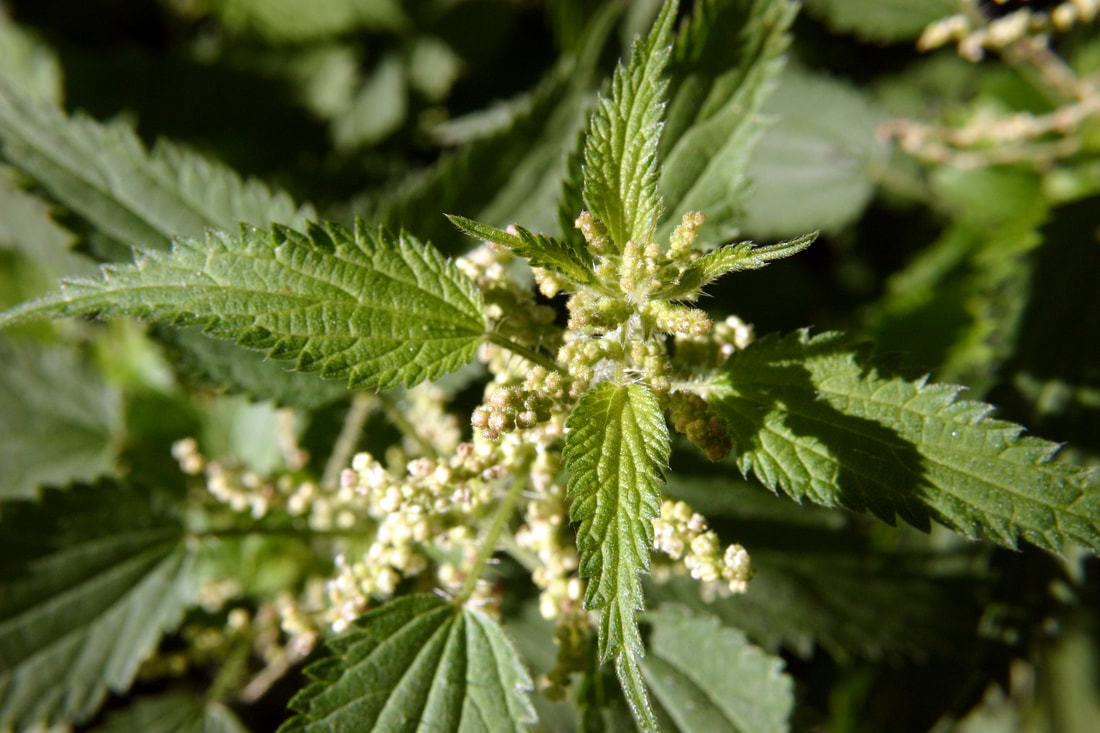
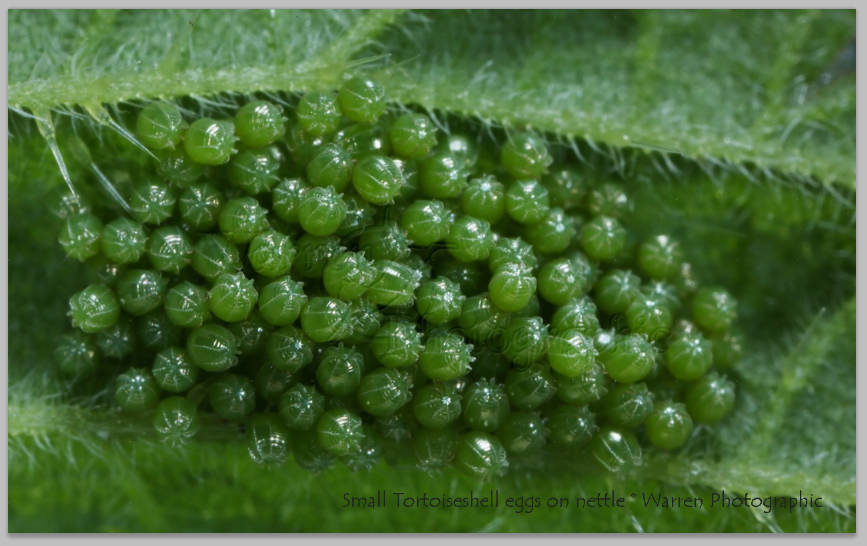
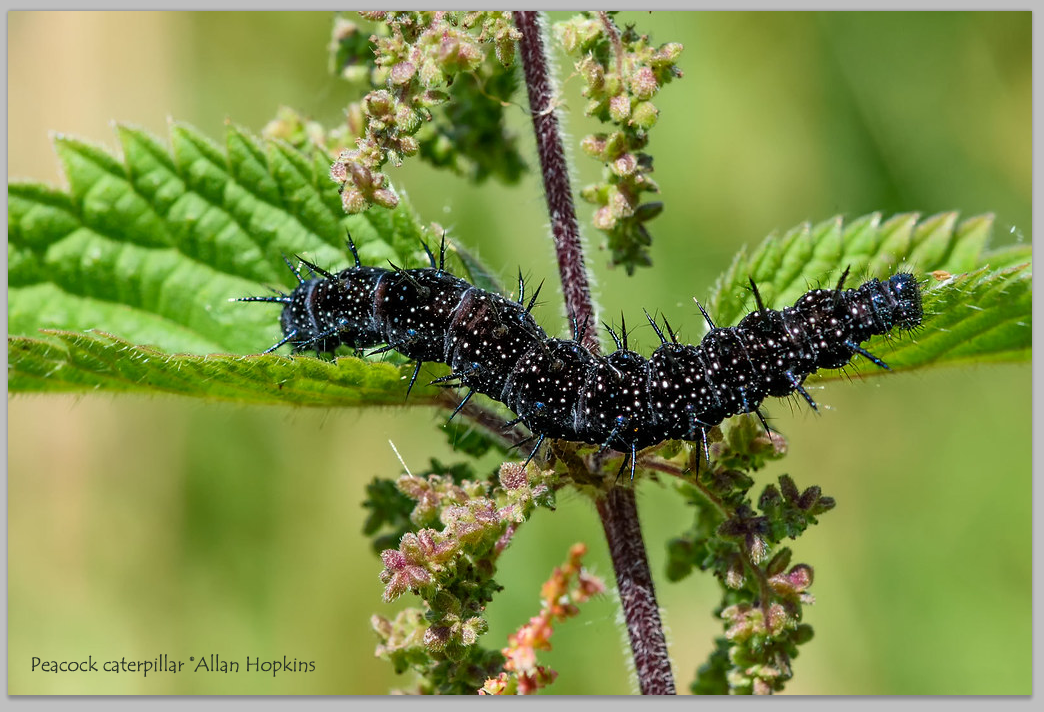
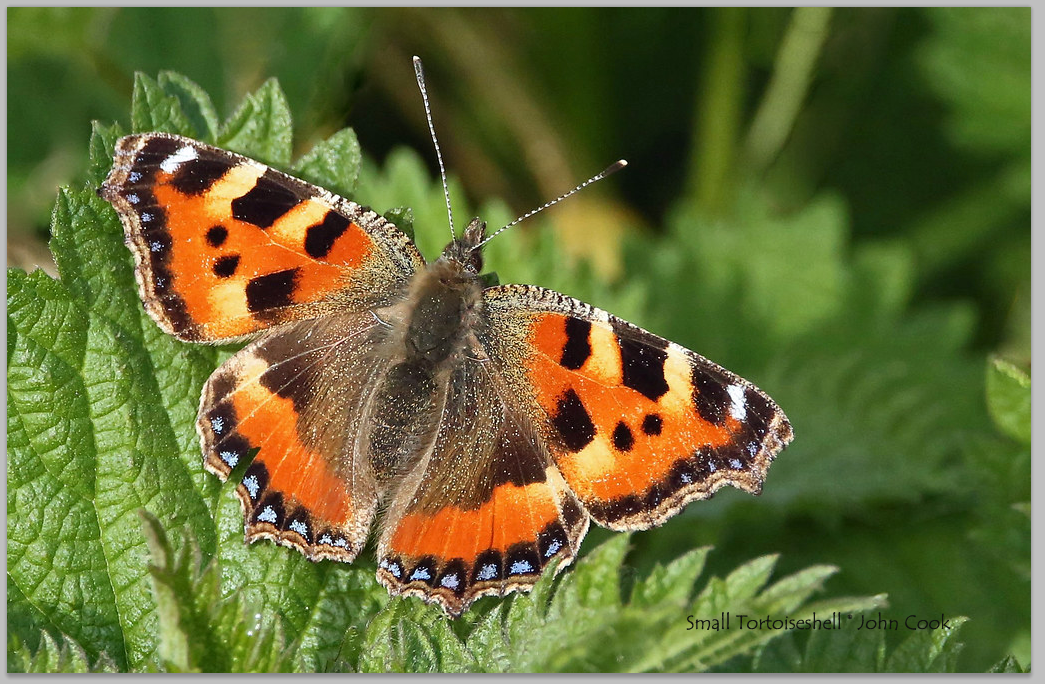
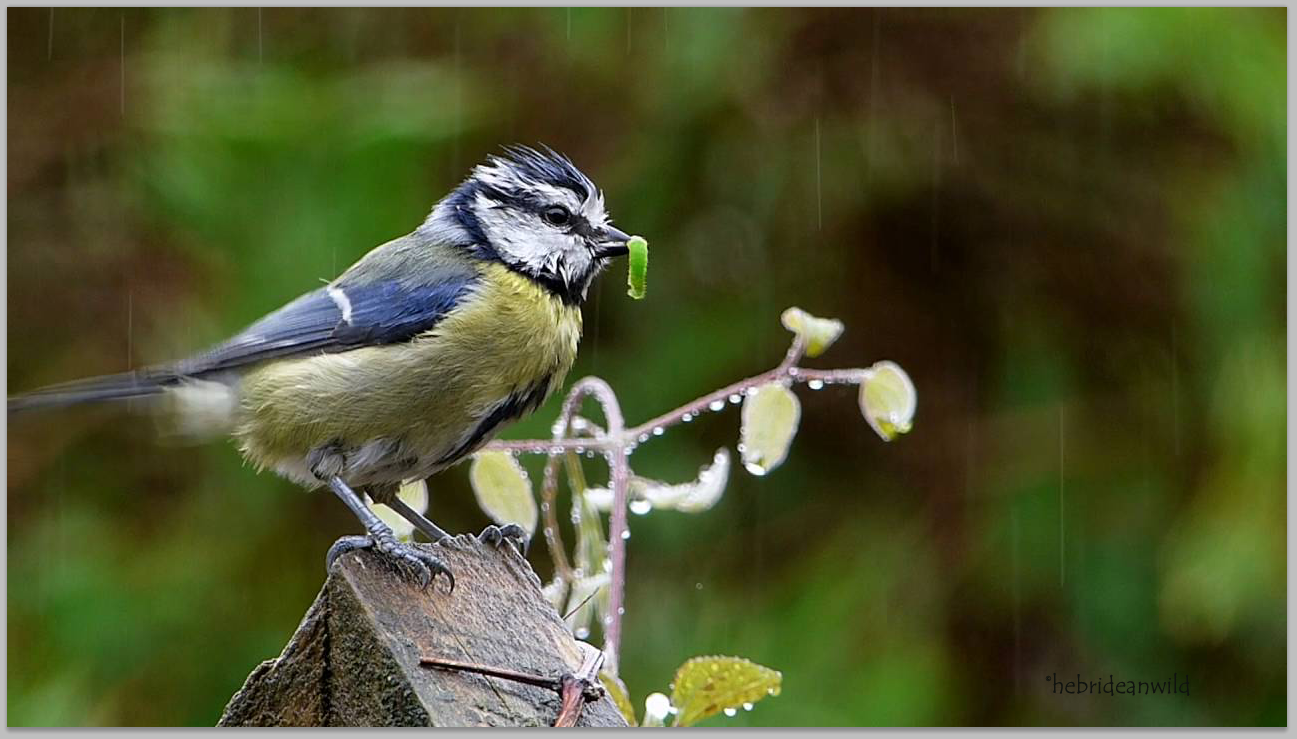
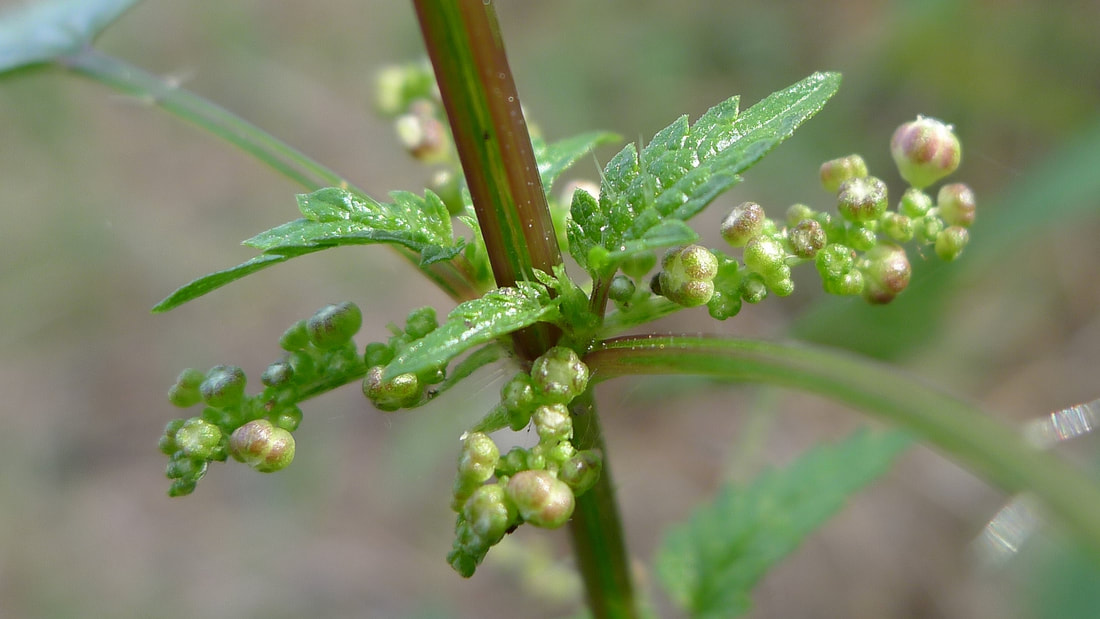
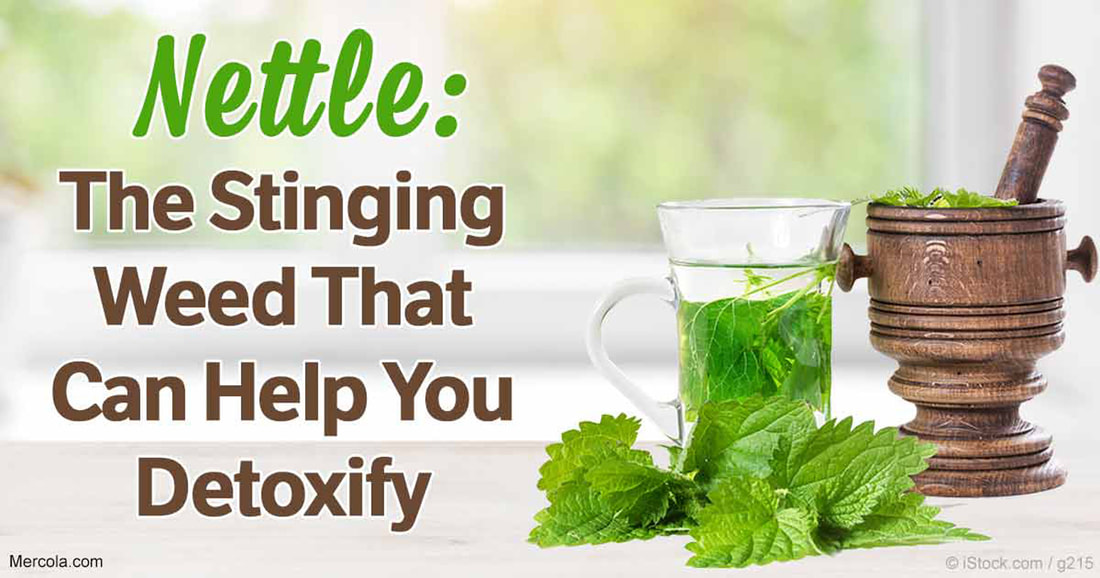
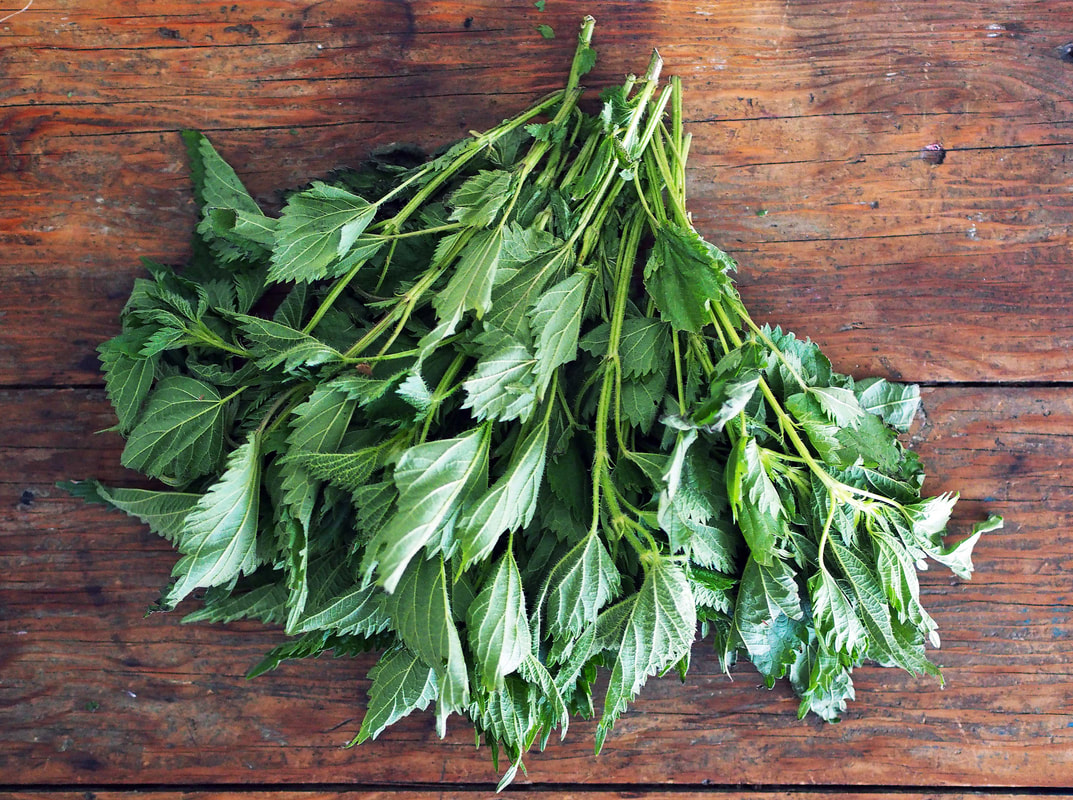
 RSS Feed
RSS Feed